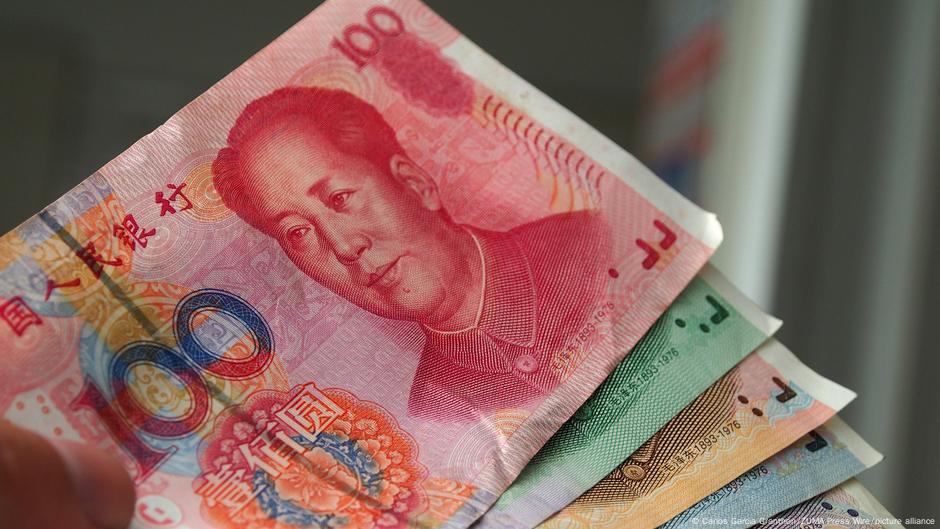Introduction to China’s Desire to Reduce Dependence on the US Dollar
China’s desire to reduce dependence on the US dollar crystallized during the global financial crisis of 2008–2009. Alarmed by the US Federal Reserve’s aggressive money printing, which threatened the value of Beijing’s $1.9 trillion of foreign assets, the People’s Bank of China (PBOC) launched a pilot project in July 2009 for the first time to conduct cross-border trade in yuan or renminbi.
The Growth of Yuan in Global Trade
The pilot launched a 16-year campaign that now sees 30% of China’s $6.2 trillion in global goods trade transacted through the yuan, China’s central bank deputy governor Zhu Hexin said at an economic summit in June. Counting all cross-border payments – including bond purchases and foreign investments – the yuan’s share rises to 53%, overtaking China’s dollar trade for the first time in 2023.
Yuan’s Global Role is Growing, but with Limits
While the BRICS nations of the global South have recently explored alternatives to the dollar, including proposals for a common currency, China has taken a more pragmatic approach, steadily expanding the yuan’s role in global trade while consciously maintaining control over the currency exchange. China wants the yuan to be internationalized for trade – for the real economy. It is less interested in the yuan becoming a financial currency.
Regionalization of the Yuan
Headlines often portray the yuan’s recent rise as a direct challenge to the dominance of the dollar, which was the global reserve currency for nearly 80 years and is still used for more than 58% of international transactions and foreign reserves. But Beijing never called it dedollarization. A more accurate description of China’s intention is to regionalize the yuan. Over the past three years, China has used its enormous economic influence and the geopolitical fallout from the Ukraine war to secure cheap energy and raw materials deals – including deep discounts from Russia – with an increasing share settled in yuan.
Yuan’s Key Role in Debt Financing
A second pillar of Beijing’s efforts to promote the use of the yuan is foreign loans, which embed the Chinese currency into the debt structures of developing countries. Chinese banks’ external yuan holdings – loans, deposits and bonds – have quadrupled to $480 billion within five years. This represents a growing portion of China’s approximately $1 trillion in foreign borrowings under the country’s Belt and Road Initiative (BRI).
Alternative Financial Architecture
Beyond trade and lending, Beijing has built a third line of defense: a separate financial architecture that can function independently of dollar-dominated systems. At its heart is CIPS, China’s cross-border interbank payment system, which offers an alternative to SWIFT for international transactions. Yuan clearing centers have opened in major financial centers such as Singapore, London and Frankfurt. The PBOC is also testing the digital yuan, a central bank digital currency (CBDC).
Beijing’s Control Over the Yuan
Unlike Western currencies, the yuan remains strictly managed by Beijing and cannot be freely exchanged for other currencies without government supervision. China’s domestic credit system is still largely controlled by state-owned banks under political supervision. Beijing fears that allowing unhindered money flows in and out of the country could expose the Chinese currency to speculative attacks and other foreign influences. So full convertibility remains off the table.
Limitations of the Yuan’s Growth
The push to expand yuan trade is also countered by China’s economic imbalances. Domestic demand is weakening and consumers and businesses are spending less, partly due to a worsening housing crash. Chinese factories produce more than the country needs, so Beijing must rely more on exports to boost its economy. Without steady foreign demand, yuan trade growth could stall as a result of U.S. President Donald Trump’s tariff war. The growth has to come from overseas. This means that global trade will now become even more important for China. If China demands that more business be conducted in its own currency, trading partners must be willing to accept this. This requires more trust, transparent institutions and a stronger economy, analysts say.

